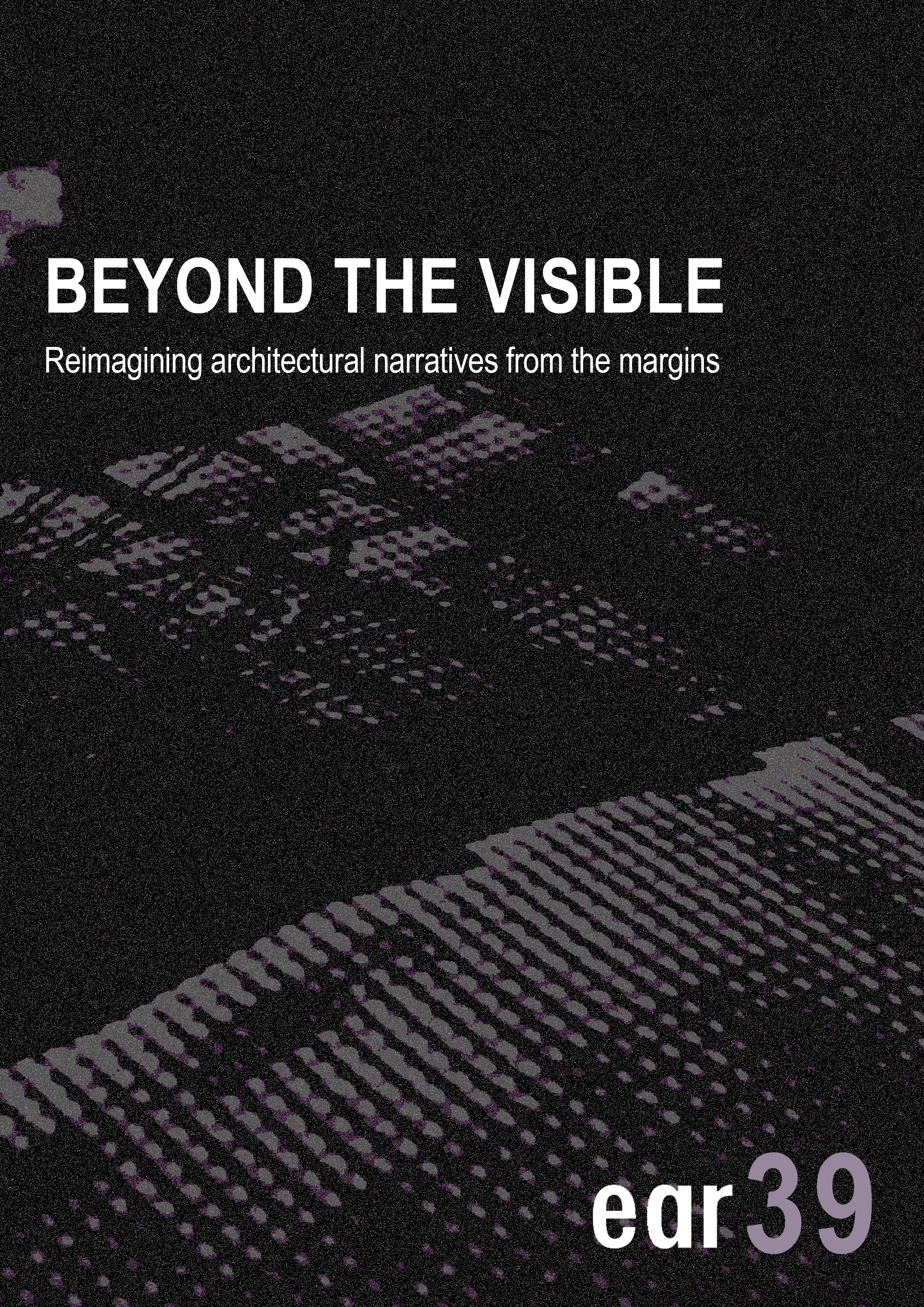EAR40 | Call for Papers | [Re]claiming Place
EAR40 invites contributions that critically engage with the ways in which architecture is [re]claimed, [re]imagined, and [re]defined outside of mainstream frameworks. We are particularly interested in self-initiated, self-designed, and/or self-built projects [whether by individuals, communities, or political collectives] that respond to specific needs or lived experiences. These practices often celebrate cultural or material juxtapositions, preserve collective memory, and offer fertile ground for reflection and critique.
Read more about EAR40 | Call for Papers | [Re]claiming Place






